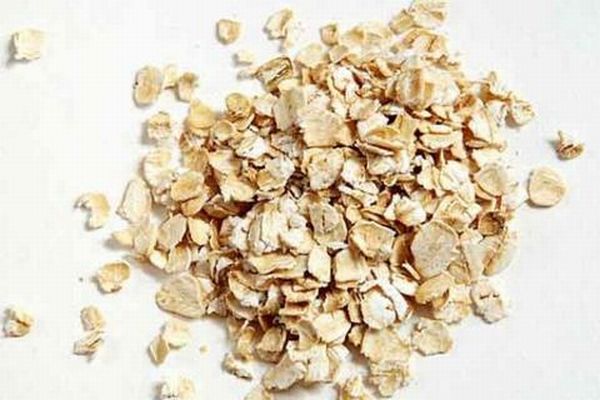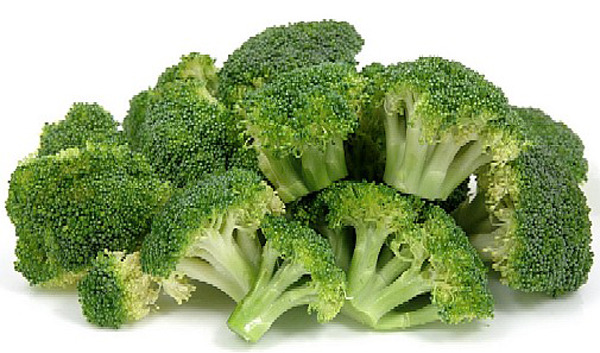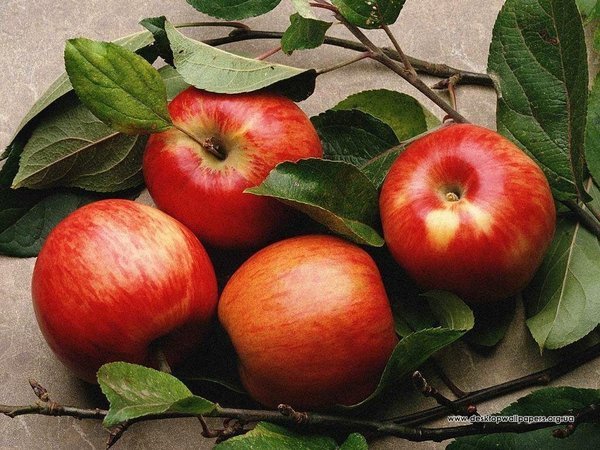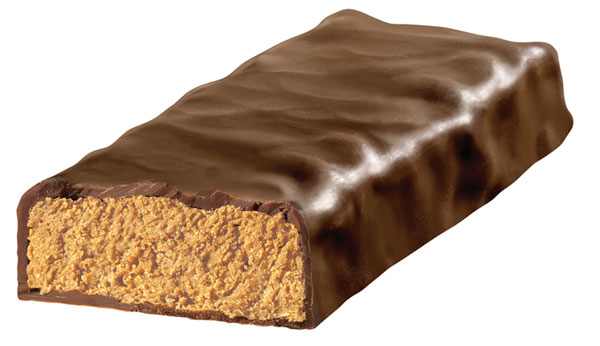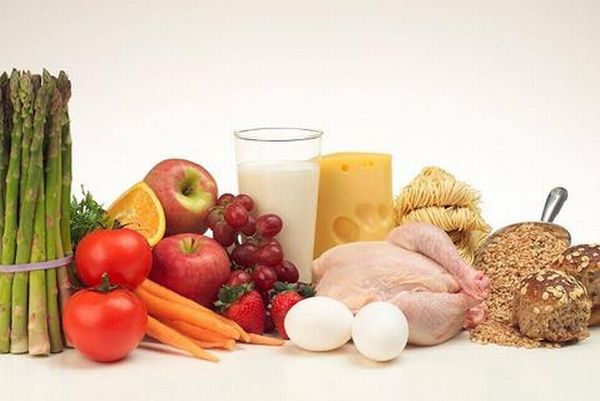If you decide to go on a diet plan, you must know the do’s and the don’ts which you need to follow. Although a health expert can guide you, you too can decide a diet plan on your own. A good diet chart stresses more on restricted intake of carbohydrates (or low carb diet). Following are some basic guidelines to monitor the correct intake of carbs and keep your body free from fat.
1. Eliminate wheat
Maximum amount of carbohydrates are received from grains and especially wheat. Eliminate the consumption of wheat to keep a good balance of intake of carbs for your body. The carbs from wheat will raise your blood sugar just like normal sugar would.
2. Avoid oats
Oats and the grains from the Gliadin family have high content of carbohydrates. When consumed oats and wheat will release insulin in high quantities which is a negative point for the body.
3. Take fibrous foods
Fiborous foods which contain less carbs should be consumed. These foods have very less quantities of carbs and more of fiber. These will help in weight loss and hence not harm your body. Some such foods would include cabbage, cauliflower, broccoli, lettuce, onions, cucumber, beans etc.
4. Take dark colored fruits
Fruits which have a dark color have a thin skin hence they need to generate more anti-oxidants in order to protect from direct sunlight. Hence when you consume these dark colored fruits those anti oxidants will enter your body and hence prevent chronic inflammation. Avoid eating thick skinned fruits a lot. They would have less quantities of anti oxidants.
5. Have dark fruits and glycemic index
With dark fruits the glycemic index drops as well. That is good for your body. When you make a comparison between cherries and bananas the darker cherries are healthier and would give you more antioxidants to fight chronic inflammation. Fruits should be eaten in their natural way. Avoid high intake of raisins as they are deprived of water and hence have high glycemic index.
6. Have greens instead of grains
When making sandwiches you can omit the bread. This does sound different but you can use fresh greens like lettuce and cabbage to wrap the meat or sandwich content in. This kind of a sandwich will be unique and it will reduce your intake of carbs and hence reduce your glecemic content. Dark green vegetables are known to reduce the levels of the acid and alkaline ratio in your body.
7. Cut down on fructose
Fructose is a product got from fruits and weight loss bars you get in the market. This fructose will reduce the functioning of the thyroid and hence increase glycation. When glycation occurs due to the quantities of fructose in your body the insulin generated does not enter the muscles. It remains in the outside and hence reduces hunger and spoils your metabolism. Fructose should be eaten in very small quantities of only 5 to 10 grams per day. Choose your intake of fructose and hence prevent getting an upset stomach.
8. Workout and take carbohydrates
Carbs should be eaten in any form within 10 minutes after your rigorous exercise regime. After a heavy exercise routine at the gym your needs those carbs to gain muscle power. When you take in carbs within 10 minutes after the workout you will gain the muscles you desire and these carbs would not harm your body. Decide on how much carbs to eat depending on the kind of exercise you have performed. More the strenuous exercise more the intake of carbs.
9. Take Taurine
Supplements which are sensitive to insulin should be consumed after a long workout routine in your meals. Supplements like Arginine and Taurine should be consumed along with the carbs after a workout. These will help sending the glucose intake to the muscles and not the fat cells. Magnesium is another such supplement you can take in daily.
10. Protein intake
While eating carbs after a workout, make sure you are eating enough amounts of proteins as well. Depending on your weight, take in the proteins through various methods. The ratio would be 15 gm of protein to match 50 lbs of weight. This proportion will ensure that more glycogen gets stored inside your body for your use. Consume proteins through various dairy products, meat, fruits, eggs, etc.




